5 places to never grow a Boston fern – houseplant experts warn these spots may crisp up their iconic fronds
It's all about keeping humidity levels up for these ferns
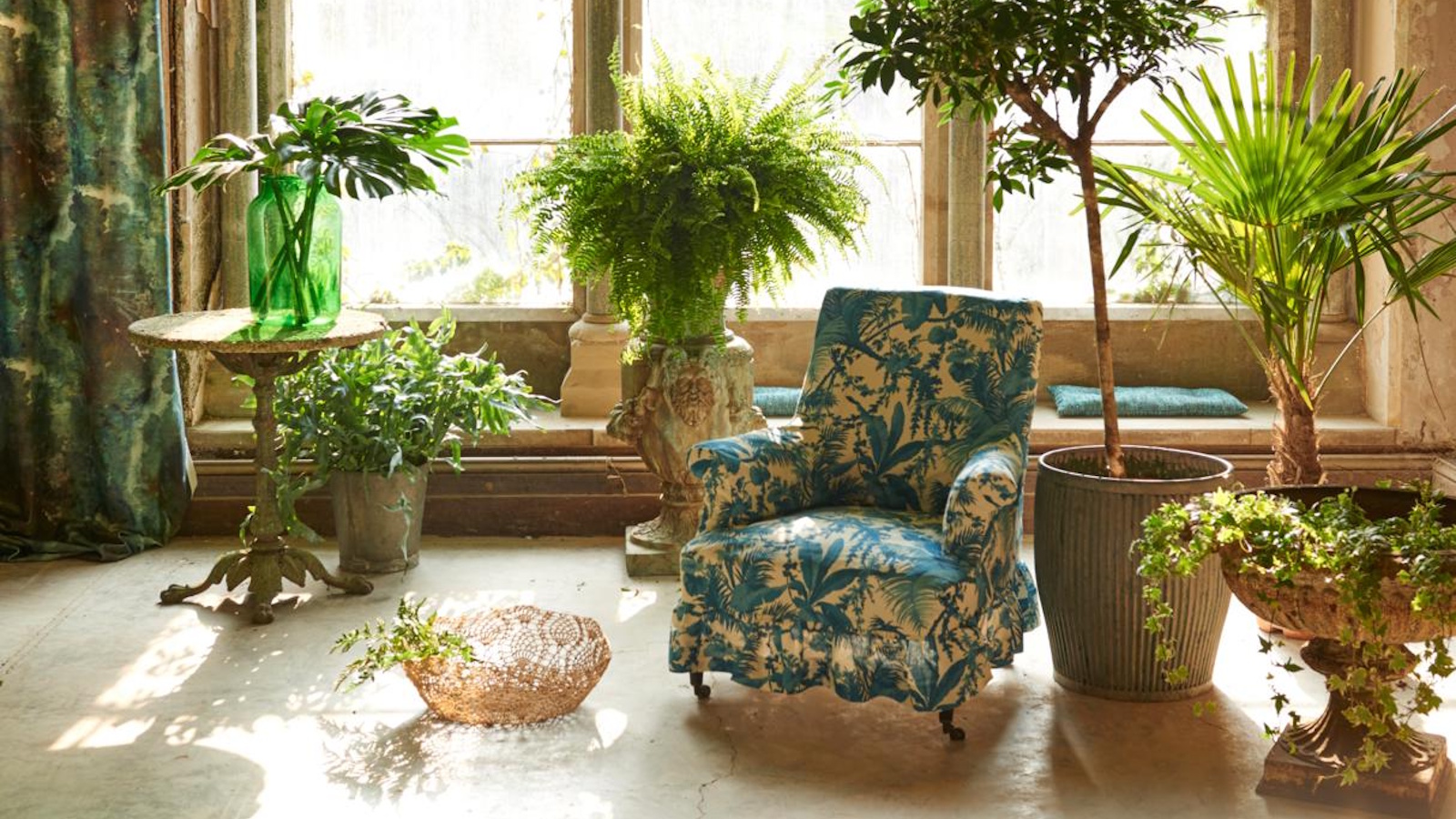

Ferns are some of the best houseplants you can choose for delicate indoor foliage. Boston ferns also provide some structural shape with with iconic sword-shaped leaves. However, maintaining this appearance requires growing a Boston fern in the right spot.
One of the most important factors in caring for a Boston fern successfully is getting the placement right. These indoor ferns require plenty of humidity and things like too little light can impact their ability to grow well.
That's why houseplant experts say you should avoid the following places to never grow a Boston fern. It could result in crisping foliage, drooping fronds, and may even kill off your houseplant.
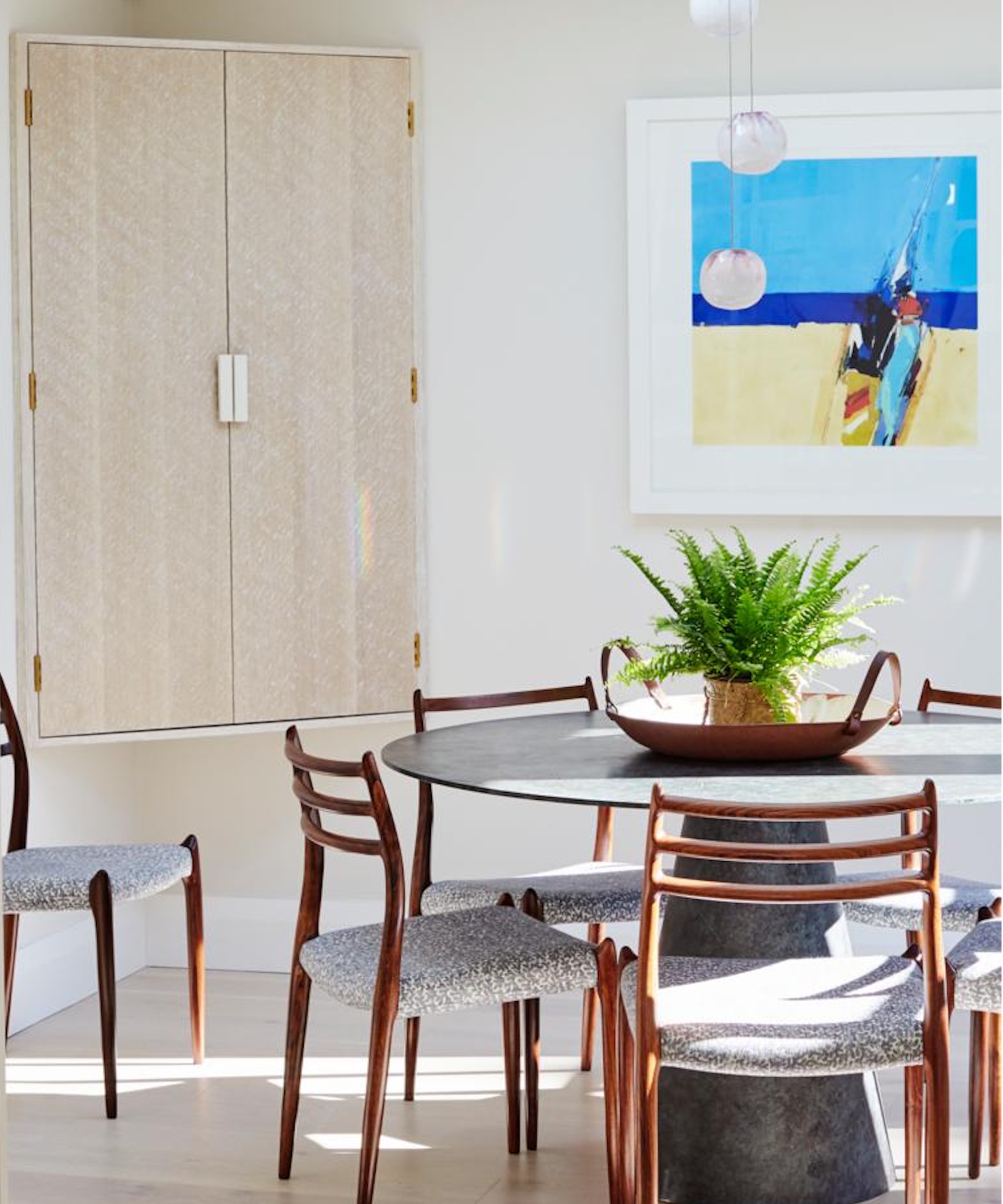
5 places to never grow a Boston fern
If your Boston fern is turning brown, it might just be because you aren't growing it in the right spot. These ferns require just the right amount of light, humidity, and warmth to thrive, so it's best to avoid the following places to never grow a Boston fern.
1. In direct sun
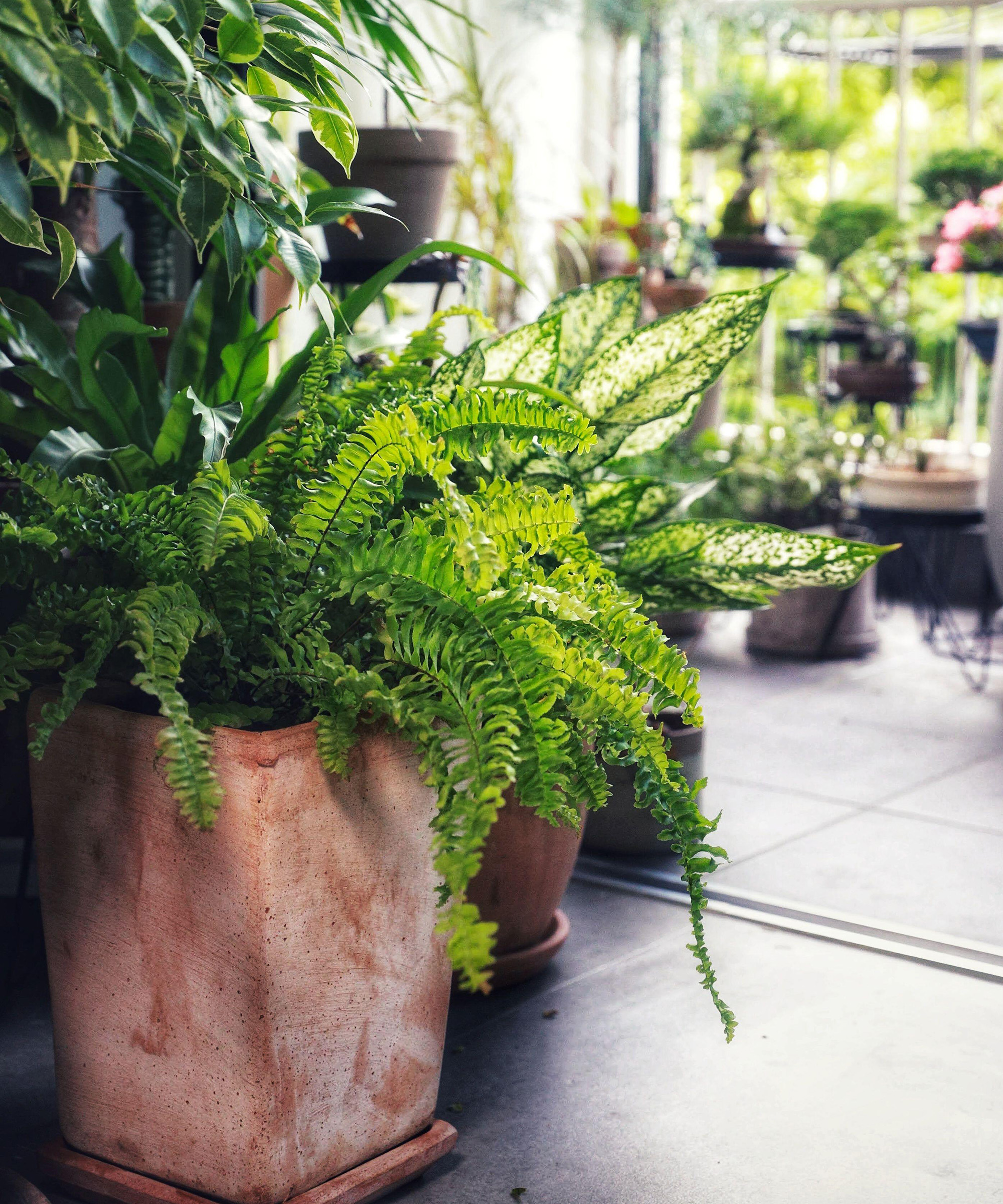
It's common knowledge that ferns aren't on the list of indoor plants for direct sunlight, as their delicate fronds can become easily scorched. For this reason, avoid any sunny windowsills when choosing a spot for your Boston fern.
'Most ferns are understory plants that grow out of direct sunlight in their native habitats, and the Boston fern is no exception,' explains Julie Bawden-Davis, indoor plant expert at Healthy Houseplants.
'Therefore, it’s important to never place this plant in direct sunlight, as it will quickly get sunburned and will drop leaves.
Design expertise in your inbox – from inspiring decorating ideas and beautiful celebrity homes to practical gardening advice and shopping round-ups.
'Grow them a few feet back from southern and western windows,' Julie adds.
If your Boston fern does become leaf scorched, use essential pruning tools (like these shears from Amazon) to cut away damaged foliage and relocate it to a more indirect light spot.

Julie Bawden-Davis is a garden author and University of California Certified Master Gardener, who has written several gardening books, including Indoor Gardening The Organic Way. In addition to running HealthyHouseplants.com, she shares indoor gardening advice on her YouTube channel @HealthyHouseplants.
2. In a dark corner
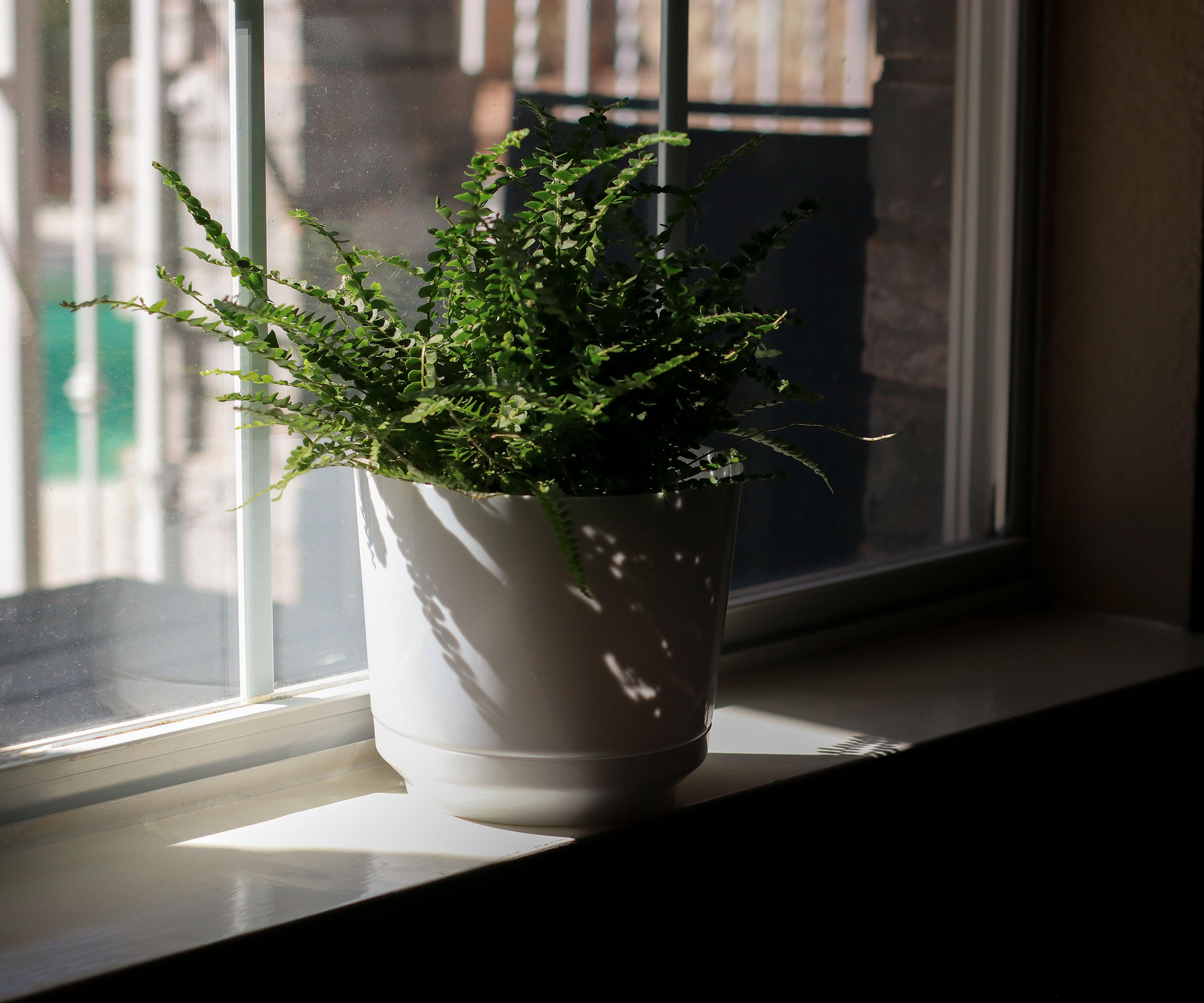
At the same time as avoiding direct sun, it's also wise to avoid placing a Boston fern in a too-dark corner. Doing so may result in discoloring foliage.
'Though ferns are known for being good indoor low light plants, ferns would prefer bright light,' says Lisa Eldred Steinkopf from the Houseplant Guru.
'Ferns can take more light in our homes than people think. I even have some growing under lights,' she adds.
If you are struggling to provide sufficient light, consider using grow lights for houseplants. This grow light from Amazon has a timer function, so you can set it to turn off after a few hours of providing your fern with light.
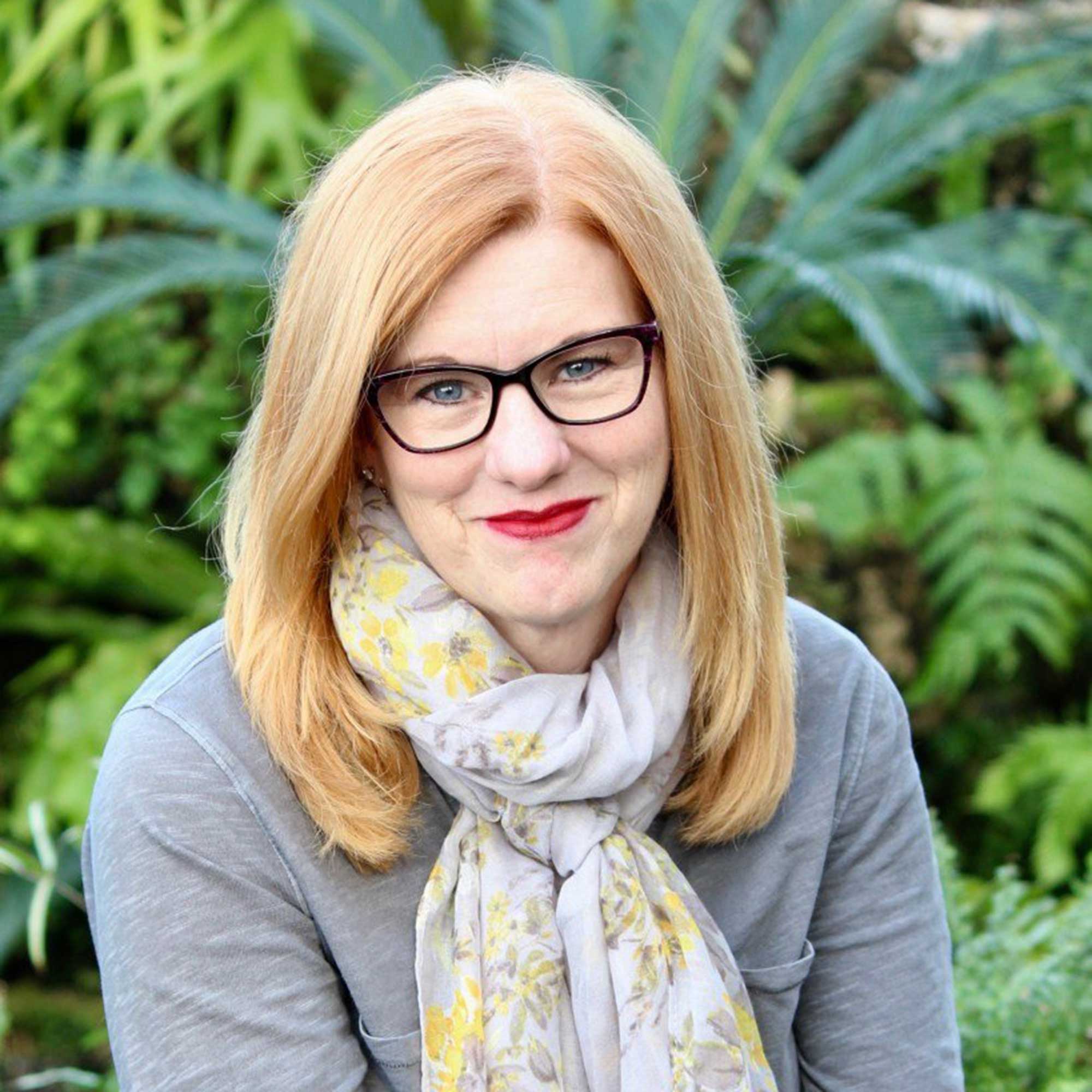
Lisa is a houseplant expert who runs her blog The Houseplant Guru with over a decade of professional experience at Steinkopf Nursery and Garden Center in Michigan. As a child, Lisa helped her grandma tend to African violets and other houseplants. Since then, Lisa has forged a career providing houseplant advice, holding lectures and writing for publications across the US.
3. Near an AC unit
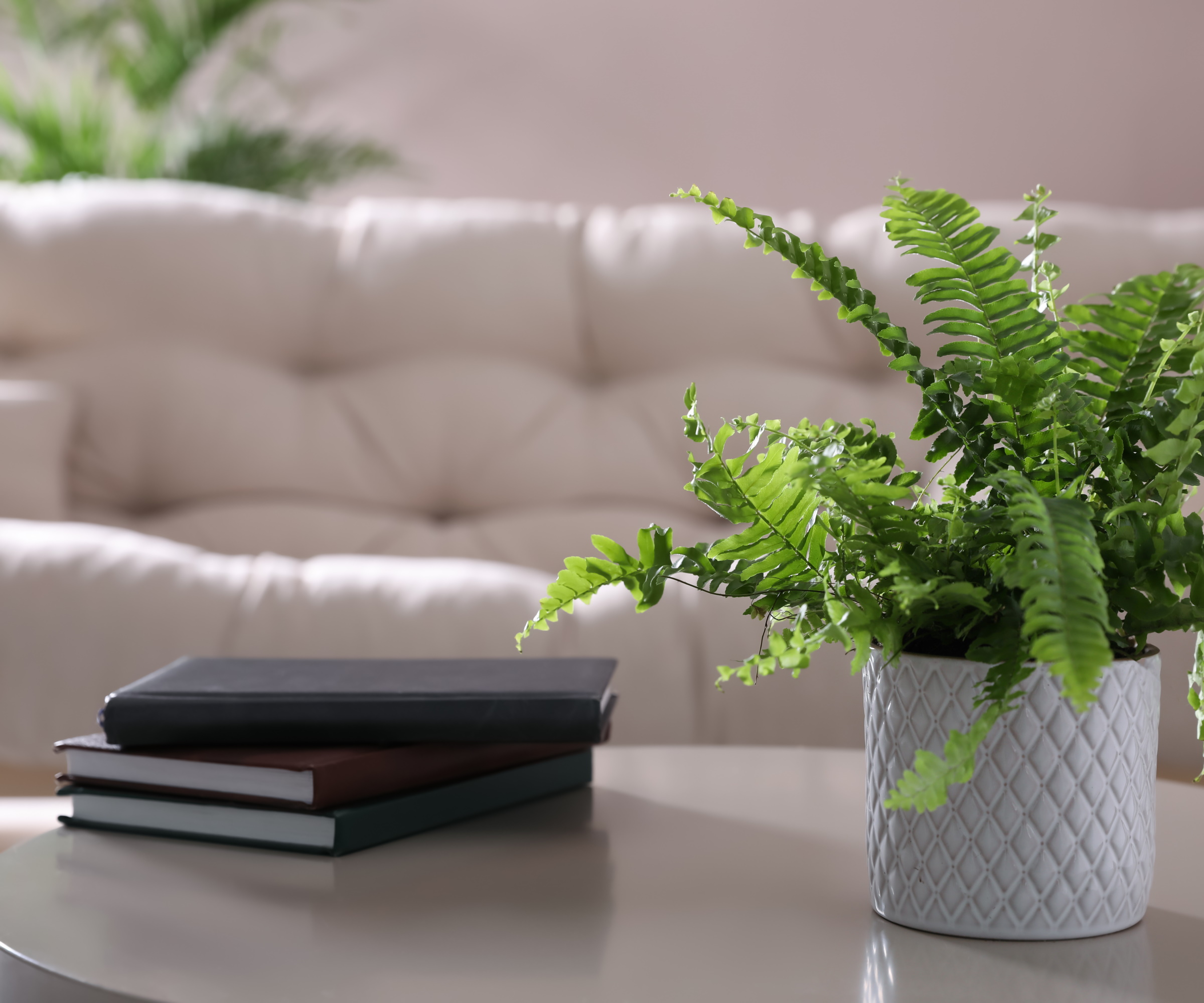
As one of the best bathroom plants, Boston ferns thrive with higher humidity levels. Typically a range between 50-80% is best, which means particularly dry air spots aren't a good choice.
A room with an AC unit, for example, tends to have much drier and colder air which can impact the appearance and health of your Boston fern.
'Dry indoor air causes browning and crispy fronds. Without consistent moisture in the air, they simply can’t maintain their graceful texture,' explains Anup Mutalik, founder of Houseplants Nook.
'This is often why we keep them in kitchens and bathrooms where ACs are not really run,' he adds.
Of course, you can use methods to increase humidity for indoor plants, too. Try using this plant mister from Amazon to regularly hydrate your Boston fern, for example.

Anup is founder of HouseplantsNook.com, a Brooklyn-based community home. He specializes in indoor plant care, low-light gardening, and integrating plants into home wellness and décor. Anup is passionate about making plant care accessible, stylish, and sustainable for everyone.
4. Hanging without a misting system

Because of their trailing habit, Boston ferns make great indoor hanging plants. However, Anup gives one word of warning when choosing to grow Boston ferns in this way:
'While hanging displays look beautiful, they’re often too high to water or mist properly. Without a moisture-retentive set-up, a pebble tray or humidifier underneath, these ferns dry out fast and decline quickly,' he says.
Luckily, there are plenty of humidifiers on the market (like this humidifier from Amazon). Or, as Anup mentions, you can place a pebble tray for plants beneath your elevated Boston fern.
5. Next to a radiator
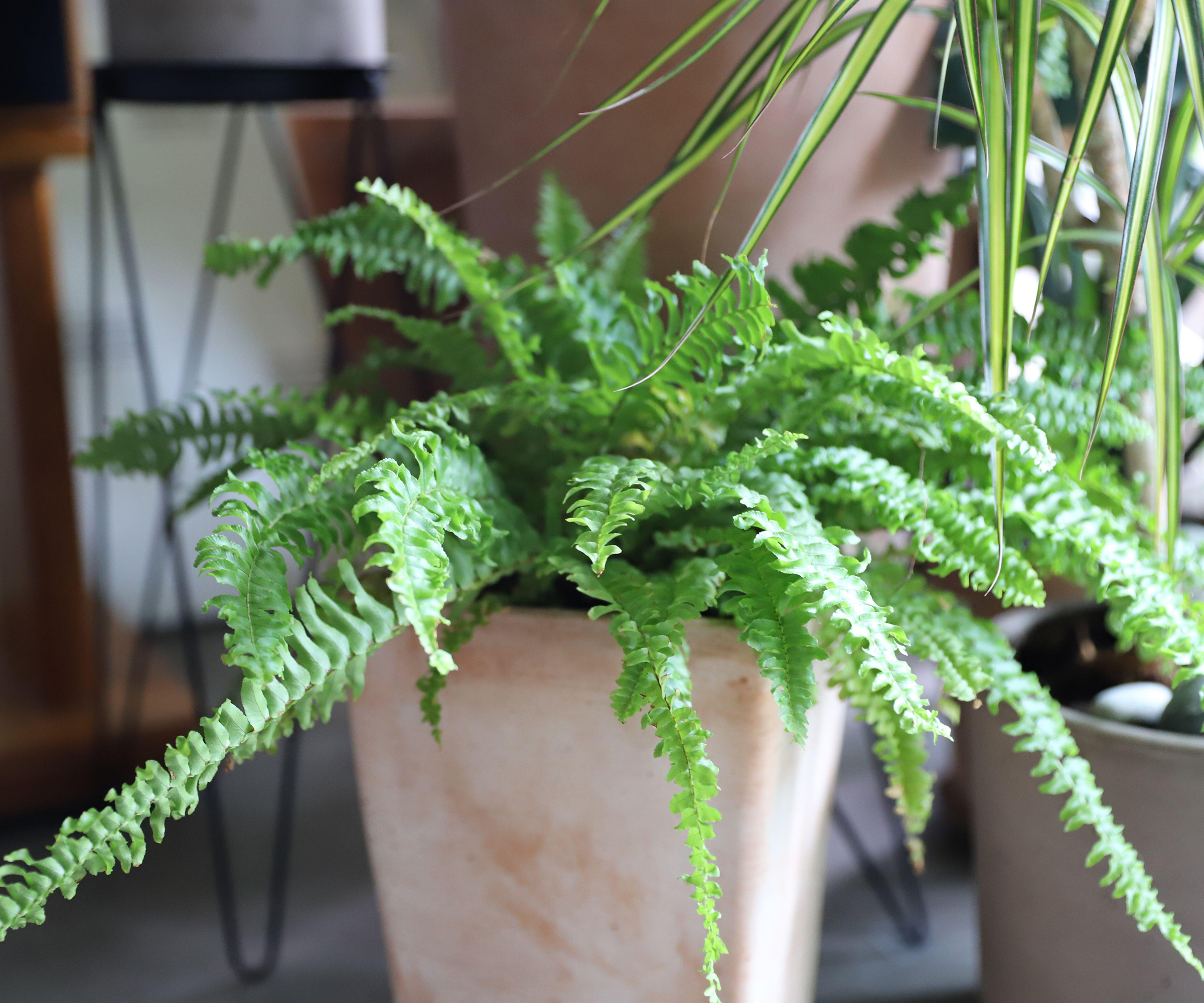
Another place to never grow a Boston fern is near a radiator. Much like an AC unit, radiators can dry out these moisture-loving plants too quickly. Plus, the hot air can scorch leaves.
'This sudden temperature and moisture shift is especially brutal for Boston ferns, which prefer stable and cool environments,' Anup explains.
For this reason, make sure your Boston fern is always a few feet away from a radiator. You should also avoid cold drafts for the same reason, which could cause cold temperature fluctuations.
You can monitor the room temperature for your Boston fern with this room thermometer from Amazon. Boston ferns are happiest between 60-75°F.
FAQs
Where should you grow a Boston fern outdoors?
You should grow a Boston fern outdoors in a sheltered position, protected from wind and direct sun. They're best grown outdoors in US hardiness zone 9 to zone 11, and you should put precautions in place to overwinter a Boston fern and protect it from frost.
Once you've found a happy spot for your Boston fern, it's best to leave it be. You can also try propagating your Boston fern to grow more of these luscious indoor plants for your home.

Tenielle is a Gardens Content Editor at Homes & Gardens. She holds a qualification in MA Magazine Journalism and has over six years of journalistic experience. Before coming to Homes & Gardens, Tenielle was in the editorial department at the Royal Horticultural Society and worked on The Garden magazine. As our in-house houseplant expert, Tenielle writes on a range of solutions to houseplant problems, as well as other 'how to' guides, inspiring garden projects, and the latest gardening news. When she isn't writing, Tenielle can be found propagating her ever-growing collection of indoor plants, helping others overcome common houseplant pests and diseases, volunteering at a local gardening club, and attending gardening workshops, like a composting masterclass.
You must confirm your public display name before commenting
Please logout and then login again, you will then be prompted to enter your display name.